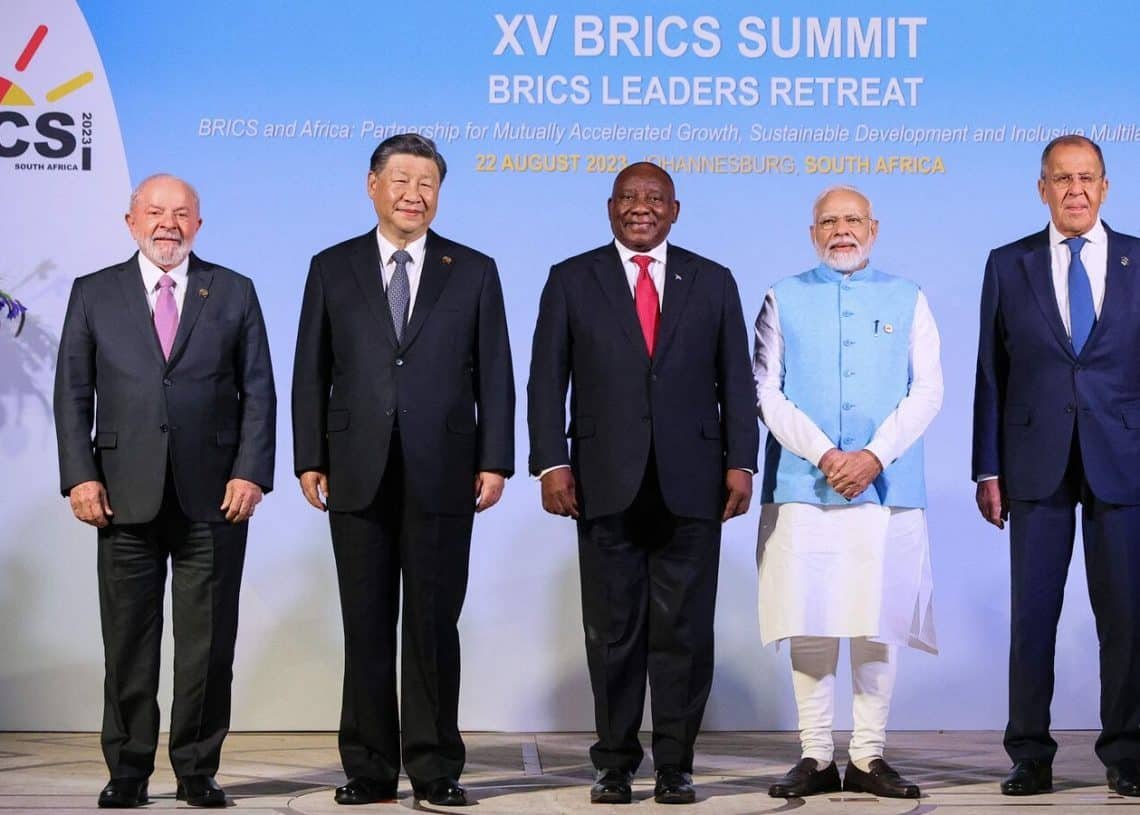In the tumultuous landscape of 2024, the world’s financial stage witnesses a profound transformation as economic adversaries and alternative assets converge to challenge the age-old supremacy of the US dollar.
The BRICS economic alliance, comprising Brazil, Russia, India, China, and South Africa, emerges as a formidable force aimed at diminishing the dominance of the dollar on the global stage. Through concerted efforts to reduce reliance on the greenback and promote alternative financial systems, BRICS poses a significant threat to the traditional economic order.
According to projections from the ING bank, the US dollar is expected to face a decline in 2024, with BRICS’ active de-dollarization initiatives gaining momentum. This trend highlights the escalating struggle for currency dominance, with the dollar’s once unassailable position now under siege.
The soaring interest in alternative assets like Bitcoin and gold reflects a growing disillusionment with the stability of the US dollar. Bitcoin’s meteoric rise and gold’s resurgence to over $2,000 per ounce underscore the increasing appeal of decentralized digital currencies and tangible commodities as hedges against economic uncertainty.
As countries worldwide diversify their reserves away from the dollar and inflationary pressures persist, the future of the dollar’s global preeminence hangs in the balance. The ongoing geopolitical ramifications of this shift in monetary dynamics are profound, signaling a potential reordering of the international financial system.
In this evolving landscape, the fate of the US dollar hinges on its ability to adapt to changing economic realities and address the mounting challenges posed by emerging alternatives. As the world navigates through unprecedented economic uncertainty, the battle for currency supremacy unfolds against a backdrop of profound geopolitical implications.









